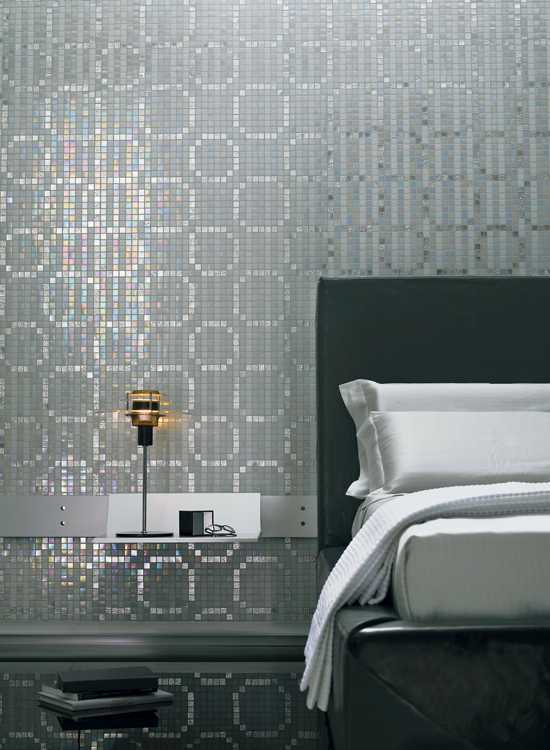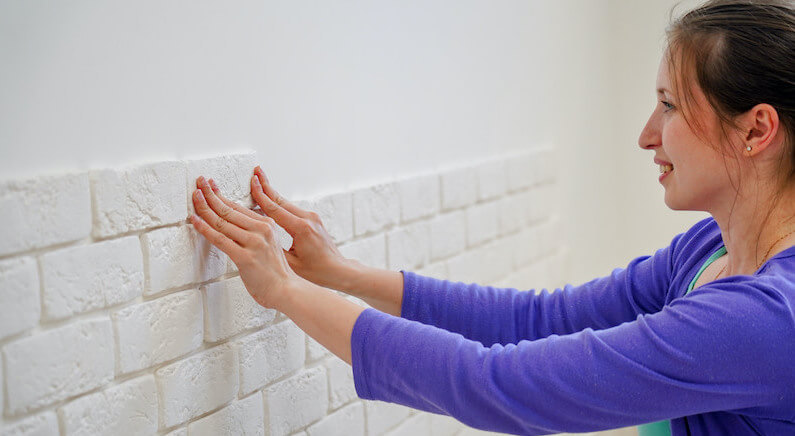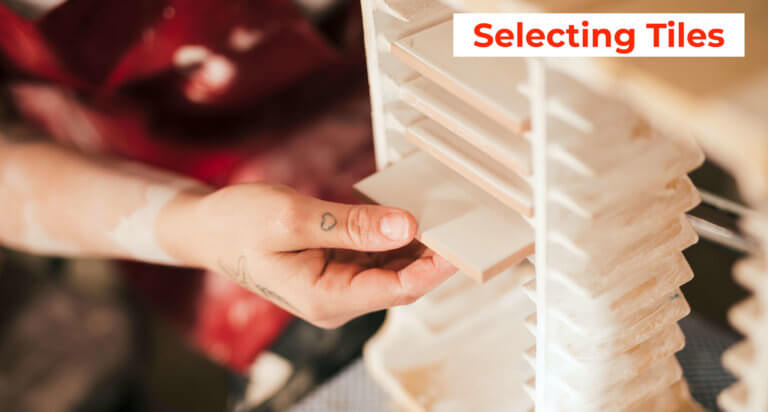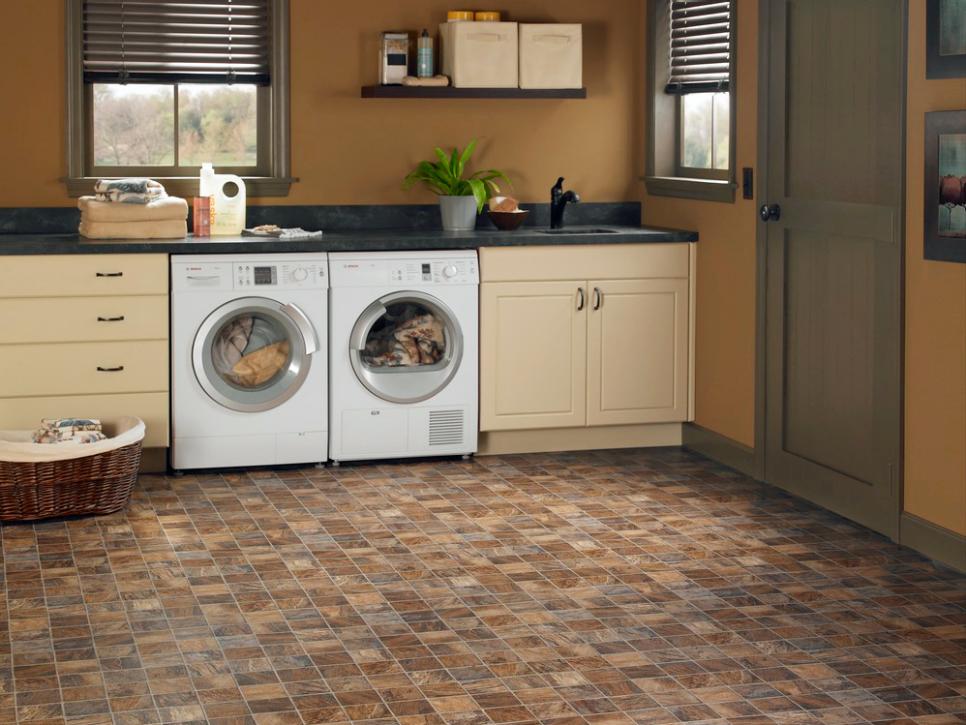THE BUYER’S GUIDE TO SELECTING THE BEST TILES FOR YOUR HOME
Why choose tiles?
Tiles are one of the most popular flooring solutions used these days. In addition to being strong and durable, they also give your home a classy look. Easy to maintain and clean, they come in a wide variety of colours and designs that easily blend in with the décor of your house.
Ceramic tiles
are available in glazed (polished) and unglazed varieties. Glazed ceramic tiles are either plain or decorated and are used on floors and walls.
Cement/concrete tiles
are extremely durable and strong, making them perfect for driveways and exterior floors. Since they don’t have a smooth finish they offer a good grip even when wet
Terracotta tiles
are made from natural clay. They are extremely durable and water resistant. They are glazed for variation in colour and extra durability. They are suitable for floors and walls and, although they are generally preferred in the living room, they are also used for the roof.
Mosaic tiles
are small tiles made from porcelain, natural stone, glass or ceramic. They come in glazed or unglazed versions and are a great way to add colour to your room without making it look fuzzy. They are generally installed in kitchens and bathrooms.

tips for selecting tiles
If you would like to make an informed decision when it comes to selecting tiles for your space, here are a few tips to help you.
With the plethora of options available in the market, it’s a challenge to choose the right tile for the right space. Popular tile brands in the market include Somany Ceramics, Kajaria Tiles, Nitco, Johnson Tiles, and Asian Granito. Each of these has thousands of options in various categories for both wall and floor tiles. There are vitrified tiles, ceramic tiles, porcelain tiles, cement tiles, quartz, stone and even glass tiles available, making decision making a huge challenge
Down to the basics
The first step is deciding what kind of tile you need. For flooring, Vitrified tiles are the best bet since they are durable and can withstand heavy traffic. For walls, you can choose either ceramic or porcelain tiles as they are non-porous or do not absorb stains. For outdoors it’s best to opt for either matt finish or anti-skid tiles to avoid slips.
Size-it-up
Tiles these days are available in a wide range of sizes. Some popular sizes for floors include 300×600 mm, 600×600 mm, 610×610 mm and 800×800 mm, while wall tiles generally come in sizes of 250x350mm, 300x450mm, and 300x600mm. According to experts, large format tiles lend a more spacious look to space. However, it is advised to match tiles to room size. If the room is small, and you use large size tiles on the floor, then the room will look even smaller. For such a room, it is recommended to go for medium format size tiles like 250×350 mm. Also, it’s a good idea to opt for the size that entails a minimal amount of cutting and wastage. Example: If you have a room that is 6×5 ft, then pick a tile that is a multiple of the size of the room
Choose the right finish
With digital printing, it is now possible to recreate any pattern on a tile. However, the pattern and design should not be the only deciding factor. It’s important to identify the right finish as well. Glossy tiles look great on walls, while stone finish tiles are ideal for exteriors. For bedrooms, wood finishes are recommended since they lend a warm feel while for bathroom and kitchen walls one can experiment with metallics and mosaics in combination with plain tiles. For living rooms, natural finishes and designs are recommended while for restaurants its advised to look for anti-skid, high resistance vitrified tiles with a pattern or a design that suits the déco
The right colour
For flooring, it is usually advisable to opt for light colours to create an intimate look indoors. For outdoors one can experiment with darker colours. Light colours make the room look more spacious and airy while dark colours are easier to maintain.

FIND YOUR PERFECT TILE
With so many choices, finding the perfect tile may seem overwhelming. Your best resource are the professional interior designers at our Premier Dealers and showrooms. (And consultations are free!) But to get started, we have gathered basic information to help narrow the options.
SELECTING FLOOR TILE
Explore the different types of tile, variety of applications, and detailed information needed to make your best floor tile choice.
SELECTING WALL TILE
From large scale to mosaic and all the different options, delve into expert advice for selecting the ideal wall tile.
RESIDENTIAL SPACES
There are a few things you should be aware of before selecting tile for your home. For instance, as a rule, glazed floor tiles shouldn’t be used where water, oil or grease is consistently present. This may cause increased risk for slippage. Daltile also does not recommend glazed floor tiles on home exterior applications unless tiles are sufficiently protected from direct weather or are a textured tile
COMMERCIAL SPACES
Commercial spaces come with a slew of construction requirements. Selecting tile that meets these requirements is easy at Daltile. We test our tile for DCOF, breaking strength, and more, and we provide the results to you so you can make the best decisions. We always meet, and often exceed, ASTM standards but we encourage customers to have tile independently tested to determine if the product meets specific requirements.

All About Tile Flooring: Choosing the Best Type
Stain-Resistant Porcelain
“Porcelain is always a more popular choice than natural stone for the kitchen because it’s impervious to spills,” says James Brooks, owner of Floor Coverings International. When it comes to color and style, James considers the cabinets and countertops. “Look for a neutral tile without high shade variation to tie everything in the room together.” And to be safe, pick a grout color a shade or two darker than you think you want — it will hide inevitable stains better.
Durable Slate-Look Porcelain
“A laundry room or mudroom is going to get knocked around, so you want something strong,” says Joseph Jovinelli, VP at FLOORMAX. But homeowners also want to keep things casual or rustic in there, too. The solution is slate-look porcelain, which, he says “looks almost indistinguishable” from natural stone, but is impervious to moisture. Given the vibration of the washing machine and dryer, Joseph says that extra care and attention need to be given to preparation and installation.
Small Mosaic Tiles
A small room means using small tile, says Joseph, who points to mosaics as the hot trend in bathrooms right now. Tiles of one inch and smaller are much easier to install in a small room compared to a large one, even coming as they do on 12″ x 12″ sheets. In addition to their spectacular appearance, mosaics are a practical choice in moisture-prone baths because smaller tiles mean more grout lines and traction.
Vinyl Tile
The additional weight of tile flooring can become a structural issue in some areas of the home, explains Joseph, but that is definitely not the case in the basement, which has the most stable subsurface of the entire structure. That gives a homeowner the freedom to choose large, heavy tiles that may not work elsewhere.
Oversized Travertine Tile
While not common in bedrooms on a top floor due to load, noise and instability of subfloor, tile is a popular choice for ranch-style homes in the hot Southwest, says James. “Throughout the Southwest, you see really beautiful travertine or natural stone flooring throughout the house, including the bedrooms,” he says. “Natural stone has a cooler feel under foot.” And in climates that experience some seasonal chill, stone works great with radiant heating because it maintains and distributes the heat better than wood.

Choosing the Right Tile
Not all tiles are created equal. Well, they’re basically the same, but there are many small differences to consider when deciding the application intended.
Tiles are a combination of clay, minerals and solvents that are shaped and sized and then heated to very high temperatures. At this point, the tile can just stay as is and is considered finished. It’s unglazed and without decoration. Without the glaze, the tile is very porous and, though attractive in a rustic way, it wouldn’t be wise to use it at this stage in areas where spillage might be common, like the kitchen.
Glazing adds a non-porous element that’s usually impermeable and therefore good for all areas, including kitchens and baths, foyers and countertops. A good idea is to take this one step further and seal the grout around the tile so that it’s also waterproof.
Besides being beautiful, ceramic tile is a desirable surface. Let me count the ways: It’s strong, colorfast, and flame-resistant, it doesn’t conduct heat or electricity, it’s hygienic, it won’t absorb odors or emit hazardous chemicals, it won’t swell or contract in extreme temperatures, and it’s easy to clean
Where do these tiles come from? All around the world. Is tile from Spain better than tile from France? No, the only real differences are in design and perhaps shape.